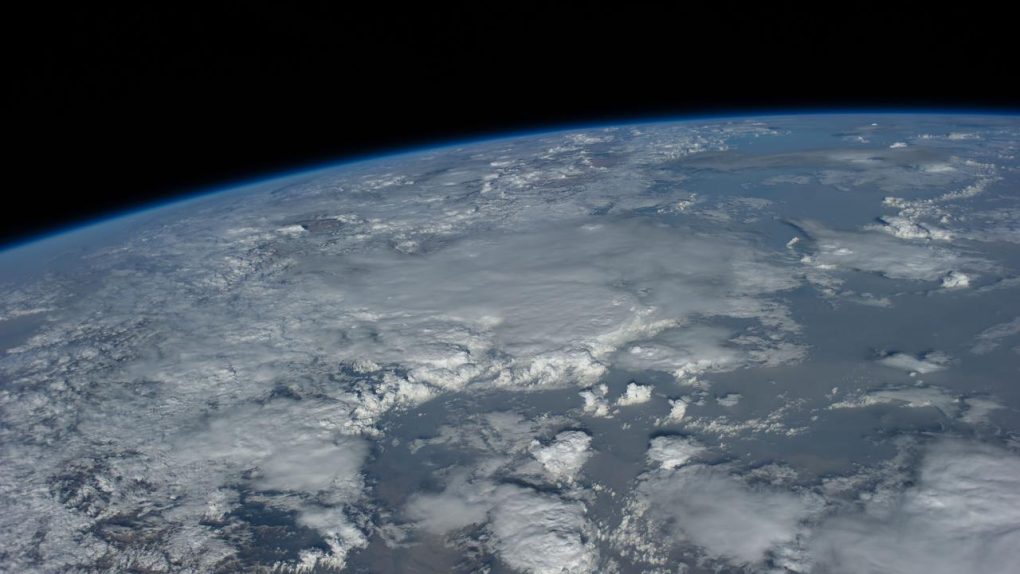- China launched its Long March-5B rocket, the most powerful in the country’s history, on a test flight last week.
- The core stage of the rocket tumbled back down to Earth on an uncontrolled descent, eventually splashing down off the coast of West Africa.
- The debris weight close to 18 metric tons, and passed over cities like New York and Los Angeles before eventually landing in the ocean.
- Visit BGR’s homepage for more stories.
China is absolutely determined to not only catch up to the west when it comes to space exploration, but the country also seems intent on doing so in a short a time as possible. To that end, the country launched its most powerful rocket yet, the Long March-5B, last week. The test flight went well, according to Chinese officials, and the rocket soared skyward as intended. Its return to Earth, however, was a bit of a nail-biter.
The core stage of the rocket fell uncontrolled back to Earth, and it’s not exactly small. Weighing nearly 18 metric tons, the debris passed over some huge population centers — including Los Angeles and New York City — before eventually coming down in the Atlantic Ocean.
As CNN reports, the rocket component was the largest piece of space debris to tumble back down to Earth in nearly two decades. Nobody seemed to know where it would eventually land, and scientists continued to track its path and narrow down its potential reentry area for hours.
Eventually, the core stage landed safely in the waters off the shore of West Africa, missing land by a narrow margin. It’s strange to think that with today’s technology, we’re still relying on vague guesses to determine where a huge chunk of a rocket will come down, but that is indeed still the case. The United States Department of Defense was also tracking the object for obvious reasons and confirmed its splashdown location in a tweet.
#18SPCS has confirmed the reentry of the CZ-5B R/B (#45601, 2020-027C) at 08:33 PDT on 11 May, over the Atlantic Ocean. The #CZ5B launched China’s test crew capsule on 5 May 2020. #spaceflightsafety
— 18 SPCS (@18SPCS) May 11, 2020
China’s new rocket will help the country with its plans to send more advanced missions to the Moon, which it has already explored in part. In fact, China was the first country to pull off a soft landing on the far side of the Moon, touching down on the lunar surface and dispatching a rover to conduct scientific work. It was a huge win for the country and really put China on the map in terms of space exploration.
Eventually, China wants to send its own astronauts to the Moon. A renewed interest in lunar exploration from NASA has resulted in the Artemis missions that aim to send US astronauts back to the Moon by 2024. Whether or not NASA can actually make that ambitious deadline is anyone’s guess, but the agency has been rounding up commercial partners to speed up the development of the hardware that will eventually be used.








